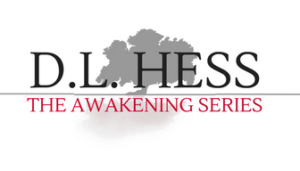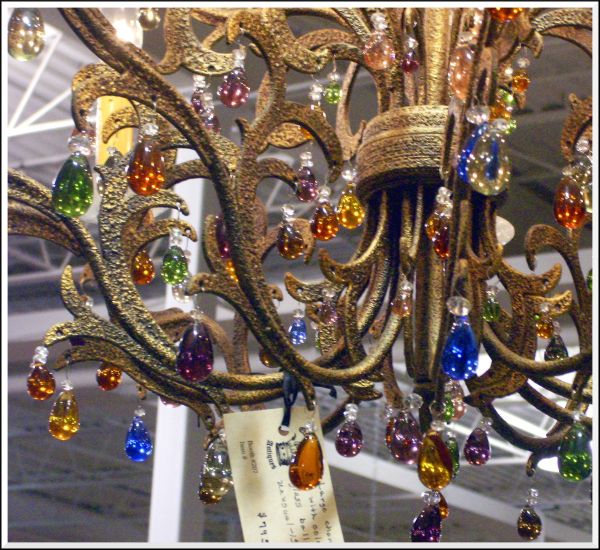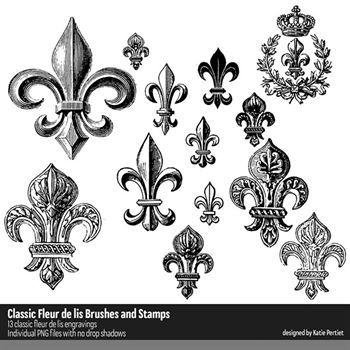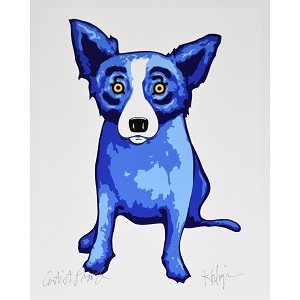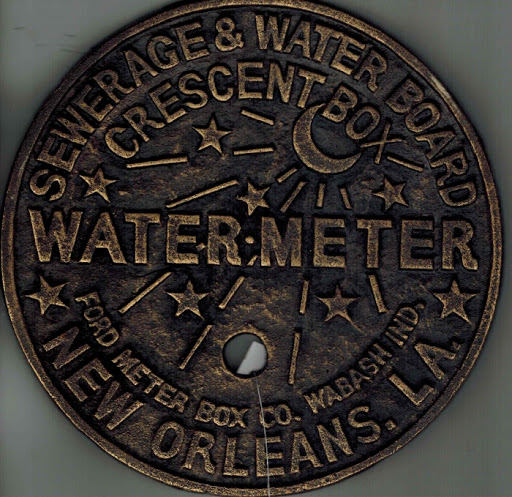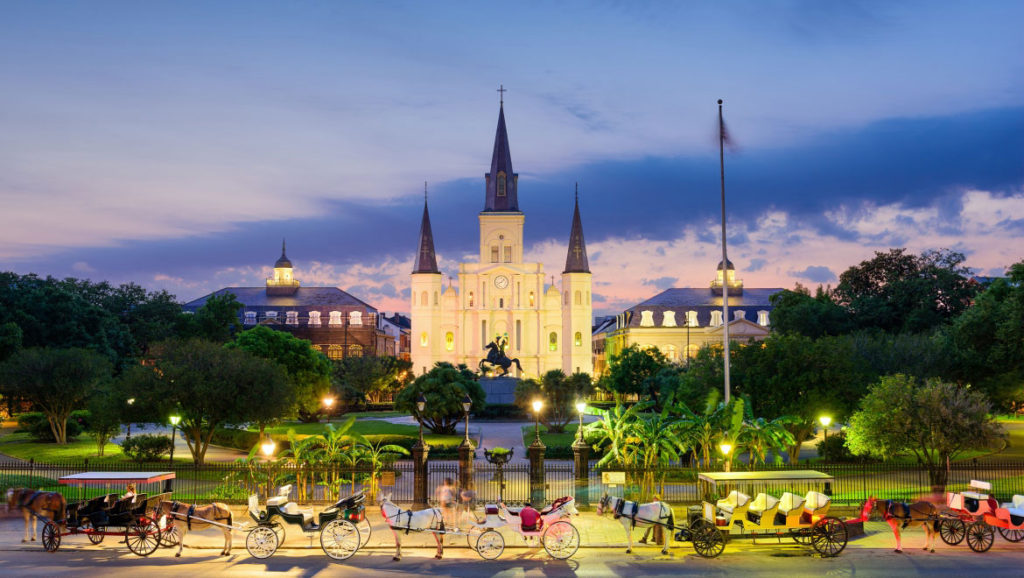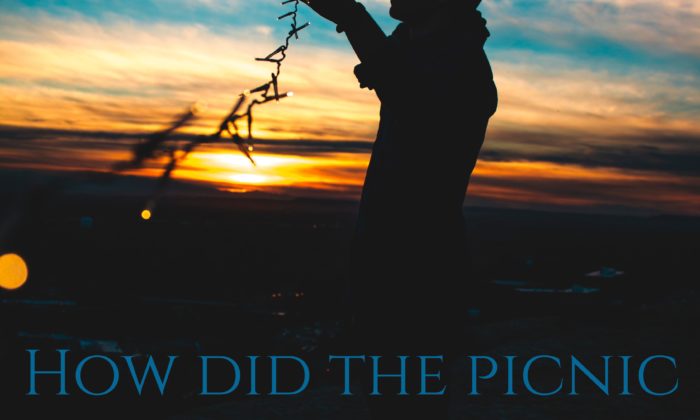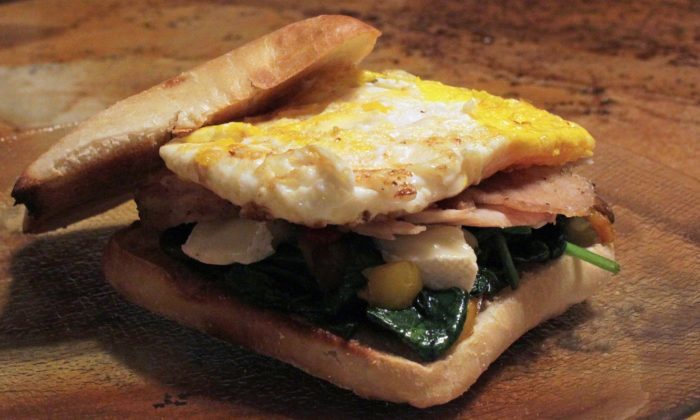Elizabeth’s Bedroom
There’s a line like “Her room is an explosion of color and paintings and New Orleans-themed artifacts and motifs – fleur-de-lis and French Quarter street signs, blue dogs, Mardi Gras masks and voodoo dolls, the water meter cover and St. Louis Cathedral”.
New Orleans has its own art and symbolism and expression. There’s a rich history and culture, attitude and life that’s hard to find anywhere else in the country. It’s a city for love and beauty and art that represents its history and life, as well as the influences from Native American tribes to the French and Spanish and African slaves and beyond, a history of white colonialism, slavery, revolt and renewal. There’s much blood in the history of the city, and much beauty, too.
I don’t know what you know, so I’m going to act as if you know nothing. My apologies if I seem to be talking down to you.
Fleur-de-lis – a stylized, decorative lily adopted from the French – is the symbol of the city (and their beloved professional football team, the Saints). I won’t say it’s everywhere, but it can be found in a lot of places.
French Quarter Street Signs – They’re distinctive in their white on black print, the street name in French written above the name in English. The signs are so popular that people would steal them to be used as decoration in their homes, so, instead, you can now buy replicas in tourist shops.
Blue Dogs – Refers to George Rodrigue’s famous blue dog paintings that have become ubiquitous with New Orleans. Rodrigue started out in the 1960s painting bayou landscapes, then antebellum family gatherings outside in southwest Louisiana. In the 1990s, he started incorporating a bright blue cartoon-like dog into his pastorals, loosely based on the Cajun legend of the loupe-garou (or bayou werewolf). He was already famous, but his depiction of the sitting blue dog went viral and became the mascot of the city. Prints go for thousands now, originals start at $60,000.
Mardi Gras Mask – Mardi Gras (a carnival season surrounding the final celebration of excess before Lent begins) is probably what New Orleans is best known for. The masks tend to be worn by krewes (people in parades and each parade belongs to a group known as a krewe) and each krewe has its own rules, regulations, and costuming. For example, I belong to an all-women krewe who hosts a parade and a ball and our costumes for my float when we ride (in the parade) typically involve wearing sunglasses as masks.
The masks can be decorative or part of a costume or just worn for fun by drunk tourists. Some are silly, some are beautifully ornate, and some are works of art.
New Orleans Water Meter Cover – The covers on water meters in New Orleans have become iconic, if only you know where to look. They get stolen, often, because they’re ornate and visually interesting with a moon and shooting star motif. Entrepreneurs have started incorporating the design into jewelry, art, cookware, tables, wall decorations, etc etc, and, well, what well-appointed New Orleans-themed room would be complete without some representation of the city water meter?
St Louis Cathedral – The gem of the French Quarter and the oldest cathedral in North America, its white spires tower over the historic neighborhood from its place at the heart of the Quarter in Jackson Square. It’s featured in many New Orleans paintings and artwork.
Purple, Green, and Gold – The official colors of Carnival were chosen in 1872 by that year’s Rex. That year’s parade also gave the colors meaning – purple for justice, green for faith, gold for power.
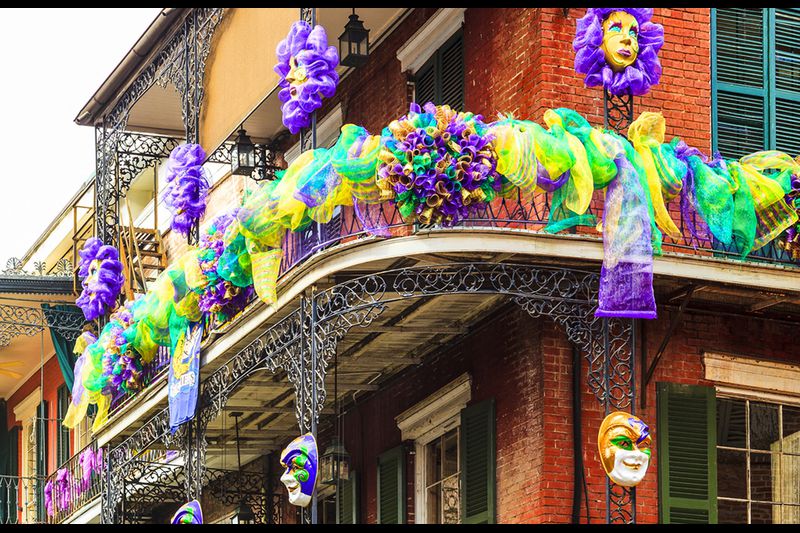
You May Also Like

